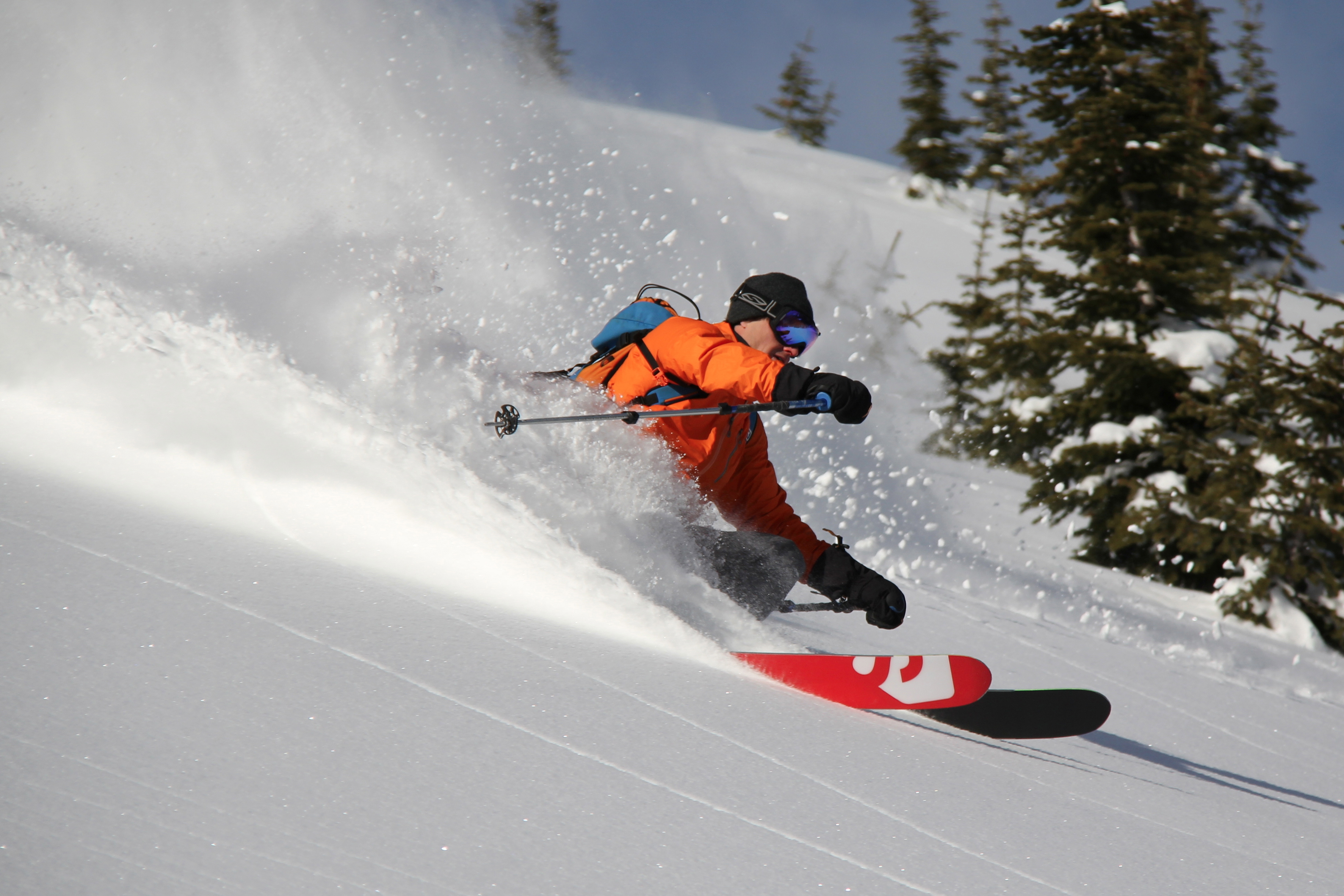Thank you for the reply, I was hoping to get a discussion going. So this is a start. I find that my full reverse camber skis, skin up just fine. They are free ride skis so they are not particularly light but the profife does allow them to pivot at switch backs more easily and I really like how they climb to the top of deep unconsolidated snow. Edge hold on side hill is concentrated in the middle of the ski and is more than enough for any of the snow conditions that I have encountered locally.
One detail I have noticed is that on a long traverse I am always on my skins so it is possible that they don't glide as well. With a cambered ski as you unweight the ski the skin leaves the snow briefly giving less resistance. So maybe a fair thing to say is that with my full reverse skis generally skin grip is slightly less in the front and in the tail but is much more consistent underfoot. Also, its important to note that most skis that would compete directly with my daily driver; the Volkl Shiro, adopt tip and tail rocker with a shorter section in the middle of the ski with camber. From a strict skinning perspective I believe that my fully reversed Shiros have better skin grip through the middle flatter section of the ski than it's hybrid camber counterpart. This is because my skins maintain a consistent contact to the surface below me and are not effected by the skis camber when unweighted. The points of pressure that camber creates on edge would make for better edge hold on side hill without a doubt but everything is a trade off.
So that briefly covers skinng, how about skiing?
I feel like the best way I can describe the difference in feel on a fully rockered ski vs a tip/tail rocker camber underfoot ski is that they are much more fluid, natural and smooth turning. There is a lateral slip component of the turn of course but grip is there for you as you enter deeper into the turn. Everything starts underfoot and as the pressure you apply to the ski spreads along the skis length you really can carve these skis. You get to be in control of turn size, shape and your trajectory. You don't get locked into the side cut of the ski with no way out and because you have more ski in contact with the snow in deeper turns at higher speeds you get the stability when you need it and the maneuverability when you don't.
I agree with what you have said before about ski making being an art and as we all know there are many details that go into the end product. Hopefully I get to hear from more people on the subject that have tried both ski types.
As a quick note the following review is of an example of a fully reverse ski that was designed for back country use.
http://backcountryskiingcanada.....taq%20skis










